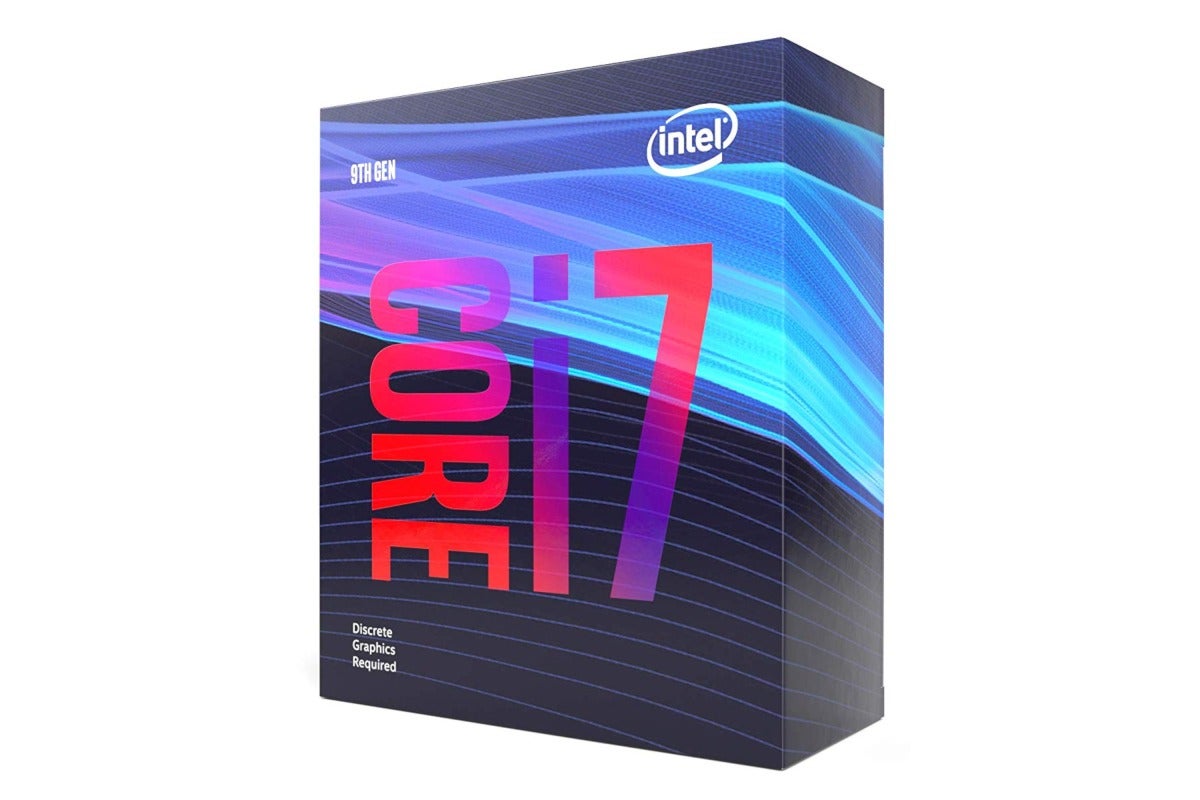Intel’s Performance Tuning Protection Plan allowed you to replace a chip you blew up overclocking once for $35.

Intel
Today’s Best Tech Deals
Picked by PCWorld’s Editors
Top Deals On Great Products
Picked by Techconnect’s Editors
The days when you could overclock your Intel “K” or “KF” chip with impunity, while liquid nitrogen vapor wafted through the long tresses of your hair, are over. On Monday, Intel abruptly ended its optional overclocking warranty plan.
The end of life for the Performance Tuning Protection Plan was initially covered by Zhiye Lui of Tom’s Hardware. Intel said existing plans—which usually ran about three years—would be honored through their durations but as of Monday, March 1, you could not purchase a new plan.
 PCWorld Staff/IDG
PCWorld Staff/IDGWith liquid nitrogen and four 1200-watt power supplies, this team of overclocking experts set three new world benchmarking records during IDF 2013.
The good news: If you happen to have your eye set on a $3,074.49 Xeon W-3175X CPU, Intel will throw in the overclocking protection plan (valued at about $35) for free. What a deal.
The overclocking warranty typically cost about from $20 to $35 and has been around since the days of the Sandy Bridge CPUs in 2012. The concept was to give consumers worried about blowing up a CPU a backup plan—a replacement chip (limit of one)— should they push their original chip too far.
Few true overclockers saw the utility of paying for the plan, because it’s always been a pretty gray area for Intel. After all, if you are paying a premium for the “K” version, which is unlocked and touted as overclocking-capable, that must mean the touted feature is covered if you use it, right?
 PCWorld Staff/IDG
PCWorld Staff/IDGPouring super-cooling liquid nitrogen over CPUs and GPUs lets them reach higher clock speeds.
Well, Intel’s never quite been comfortable with outright saying that a CPU marketed as overclockable would retain its warranty if you actually overclocked it, even with tools for overclocking available directly from Intel.
This uneasy existence has worked for years under what’s largely been a “don’t ask, don’t tell” policy. That is, you didn’t say why your CPU died, and Intel didn’t ask (usually).
Despite this fairly liberal approach, it’s possible too few people bought the warranty to make it worth Intel’s while. Practical overclocking has actually gotten easier and less dangerous.
Overclocking also pays far fewer dividends. The days when you could get a 50-percent overclock from an Intel Celeron 300A are but a distant 1990s memory, filed away in a shoebox with your Jewel and Usher CDs. Most everday overclockers seem content with a stable 10- to 15-percent boost. We’ve asked Intel to clarify why it’s ending this program now and will update our story as more information comes in.
Note: When you purchase something after clicking links in our articles, we may earn a small commission. Read our affiliate link policy for more details.
One of founding fathers of hardcore tech reporting, Gordon has been covering PCs and components since 1998.

